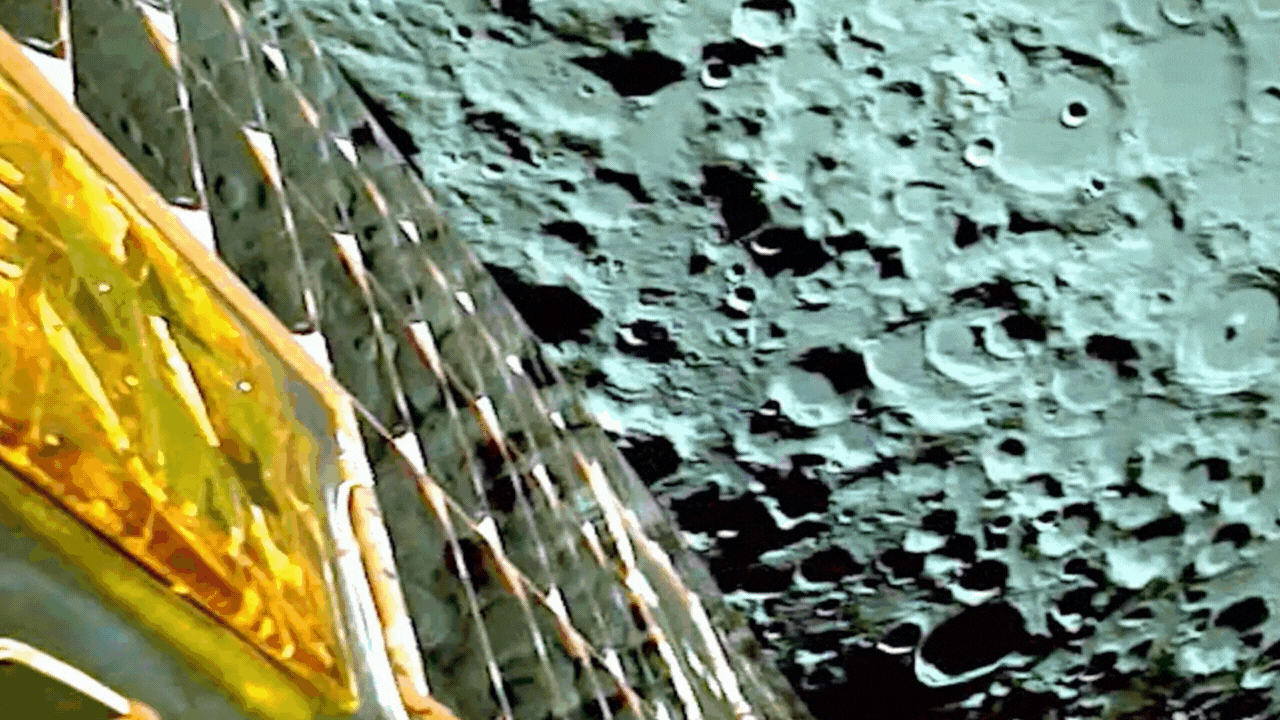
Chandrayaan 3 Moon Landing Date: 8 days before Vikram attempts landing on Moon | India News
That leaves only eight more days before the landing module, comprising Vikram (the lander) and Pragyan(the rover), attempts to land on the lunar surface on August 23.
Read Also
BENGALURU: Chandrayaan-3, which was launched 34 days ago onboard the GSLV-Mk3 or LVM-3, is set for a major milestone — separation of the landing module comprising Vikram (the lander) and Pragyan (the rover) from the propulsion module — later today. On Wednesday, Isro had the spacecraft — an
NEW DELHI: In a big milestone for Chandrayaan-3, the Indian Space Research Organisation (Isro) on Thursday announced successful separation of the Vikram lander from the spacecraft’s propulsion module. With this, India is now just days away
The Isro is implementing measures to manage traffic in lunar orbit as Chandrayaan-3 prepares for its landing. This involves a review of traffic scenarios for the coming years to prevent collisions with other spacecraft. As of last month, there were six other active lunar orbiters, plus the defunct
The Isro has completed another manoeuvre to guide Chandrayaan-3 into a circular orbit ahead of the separation of the landing module, Vikram and Pragyan, from the propulsion module. Once the orbit has been achieved, Vikram’s velocity will have to be reduced from 30km height to the final landing for
Bengaluru: Chandrayaan-3, which has completed 31 of its 40-day journey to Moon, on Monday inched closer to a circular orbit, which is critical for the planned separation of the landing module, comprising Vikram (the lander) and Pragyan (the rover), from the propulsion module on August 17.
But first, it has to separate from thepropulsion module, which will happen a day after (on August 17 ) the spacecraft enters the circular module (August 16), as per the current plan.On Tuesday, Isro chairman S Somanath said: “…Chandrayaan-3 is being hailed as an important mission and we are all looking forward to its soft-landing in a few days.”
What next?
After Wednesday’s manoeuvre, which is expected to place the spacecraft in a circular orbit of 100km, and Thursday’s operation that will see Vikram, with Pragyan sitting inside it, break away from the propulsion module, Vikram will have to be again put into an elliptical orbit — Isro will again carry out manoeuvres to put the landing module to achieve this.
The de-boost manoeuvres will eventually put Vikram in an orbit where the Perilune (closest point to Moon) is 30km and Apolune (farthest point from Moon) is 100km. The final landing will be attempted from this orbit.
This will be done through de-boost manoeuvres, as it was in the case of Chandrayaan-2. Once that has been achieved, the most critical part of the landing — the process of reducing the velocity of the lander from 30km height to the final landing — will begin.
Isro will also have to overcome the phase where the spacecraft’s horizontal orientation needs to change to a vertical one, before Vikram makes the final descent on August 23.
Journey so far
After the launch on July 14, Chandrayaan-3 has completed five Earth-bound manoeuvres between July 15 and 25, which raised its altitude to more than 1.2-lakh-km at Apogee (farthest point from Earth), the trans-lunar injection (TLI) on August 1, which put it in a path towards Moon at an altitude of nearly 3.6-lakh-km before the Lunar Orbit Insertion (LOI) put it in an elliptical orbit around Moon on August 5.
Since LOI, Chandrayaan-3 has remained in an elliptical orbit, with multiple lunar-bound manoeuvres, including Monday’s, having reduced its Apolune (farthest point to Moon) progressively. “Under the ambit of Isro System for Safe and Sustainable Space Operations Management (IS4OM), critical analysis of each of the lunar-bound manoeuvres for orbit lowering are being performed to assess potential risks of close approaches with the other lunar orbiters before executing the manoeuvres,” according to Isro.
